Buddying up: using I’m a Scientist across multiple year groups
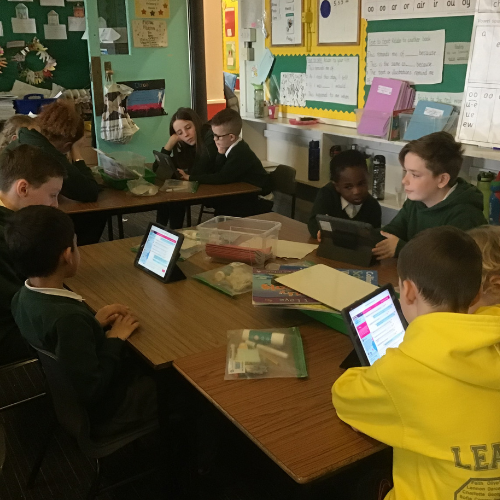
Teachers Moira and Michele implemented a buddy system for multiple year groups to take part in I’m a Scientist. It had hugely positive outcomes for both older and younger students.

Teachers Moira and Michele implemented a buddy system for multiple year groups to take part in I’m a Scientist. It had hugely positive outcomes for both older and younger students.
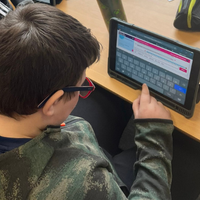 I’m a Scientist, Get me out of here is a project that scales globally, engaging the curiosity of students from Ho Chi Minh City to New York.
I’m a Scientist, Get me out of here is a project that scales globally, engaging the curiosity of students from Ho Chi Minh City to New York.
With a social justice mission and a capacity for international delivery, I’m a Scientist can offer an international company’s employees – no matter where they are – the same experience of high-quality public engagement. As such, I’m a Scientist, Get me out of here was an ideal delivery partner for Johnson Matthey’s ambitious, international Science and Me programme. Continue reading
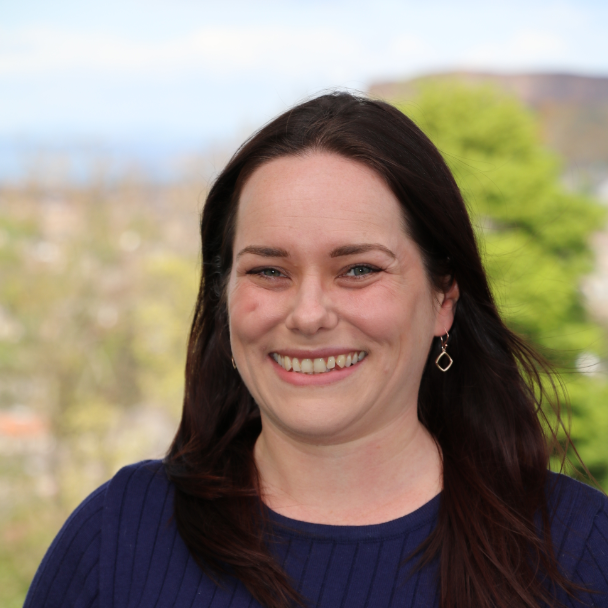
As a volunteer STEM Ambassador, Fiona Travers is part of a nationwide project bringing STEM subjects to life for young people in classrooms and communities.
But while she studied science at university, and her day job is science-related, she wouldn’t necessarily consider herself to be a “real scientist”. Fiona says, “When I was asked to be part of [101 Jobs], a familiar little voice inside my head shouted, ‘You’re not a real scientist, why would they want to speak to you?’”
The text-based Chats on I’m an Engineer and I’m a Scientist can work particularly well for students for whom face-to-face communication is inaccessible. This was demonstrated when Daniel, a child with selective mutism, entered Vicky Heslop’s classroom.
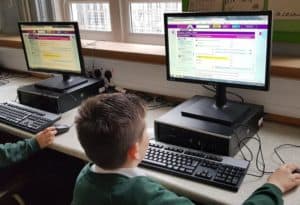
In a recent article for Tes magazine, Vicky says that Daniel “would talk through his friends, who would ask questions on his behalf” but was unable to communicate with adults and teachers. Vicky, a teacher at Westbury Junior School in Wiltshire, explains that it was a “huge challenge for me to understand Daniel’s inner world, his interests and passions.” Continue reading
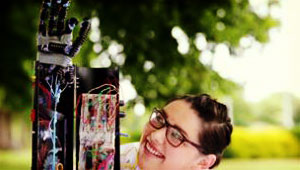 “It’s always amazing to think that you might have helped one person to think, ‘Hey, this might actually be for me.’”
“It’s always amazing to think that you might have helped one person to think, ‘Hey, this might actually be for me.’”
— Aisling Lee, Technical Architect
Through I’m an Engineer, Aisling Lee was able to show school students a different pathway into STEM. Continue reading
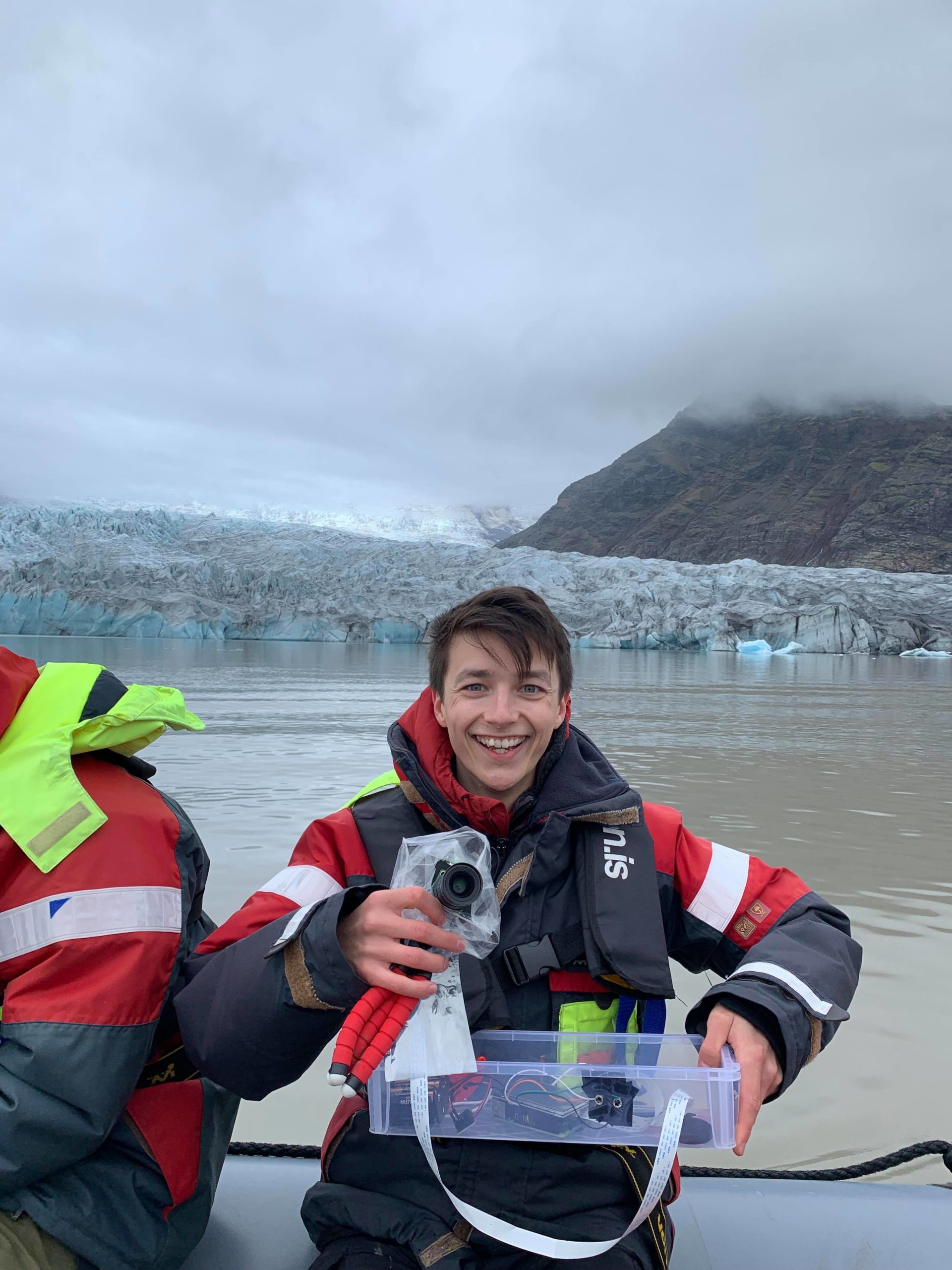 “I maintain that the first I’m a Scientist activity I ever did was the most significant thing I’ve done in my career (…) It set me on a trajectory of education and science communication.”
“I maintain that the first I’m a Scientist activity I ever did was the most significant thing I’ve done in my career (…) It set me on a trajectory of education and science communication.”
— Liam Taylor, PhD student
Taking part in I’m a Scientist, Get me out of here! transformed PhD student Liam Taylor’s approach to public engagement. Continue reading
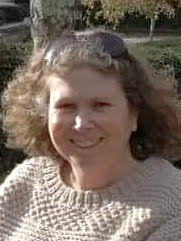 Jo works at a large comprehensive school in South Wales in the Autism Spectrum Condition Unit. She explains, “We used I’m a Scientist as a social skills lesson. Yes, there’s interest in science, but really it was so they could talk to the scientists without any pre-judgement.”
Jo works at a large comprehensive school in South Wales in the Autism Spectrum Condition Unit. She explains, “We used I’m a Scientist as a social skills lesson. Yes, there’s interest in science, but really it was so they could talk to the scientists without any pre-judgement.”
The text-only format of I’m a Scientist meant that the key focus was on the questions students were asking, and not on the students themselves. “The scientists didn’t know the students were on the spectrum, and the conversation flowed.” Continue reading
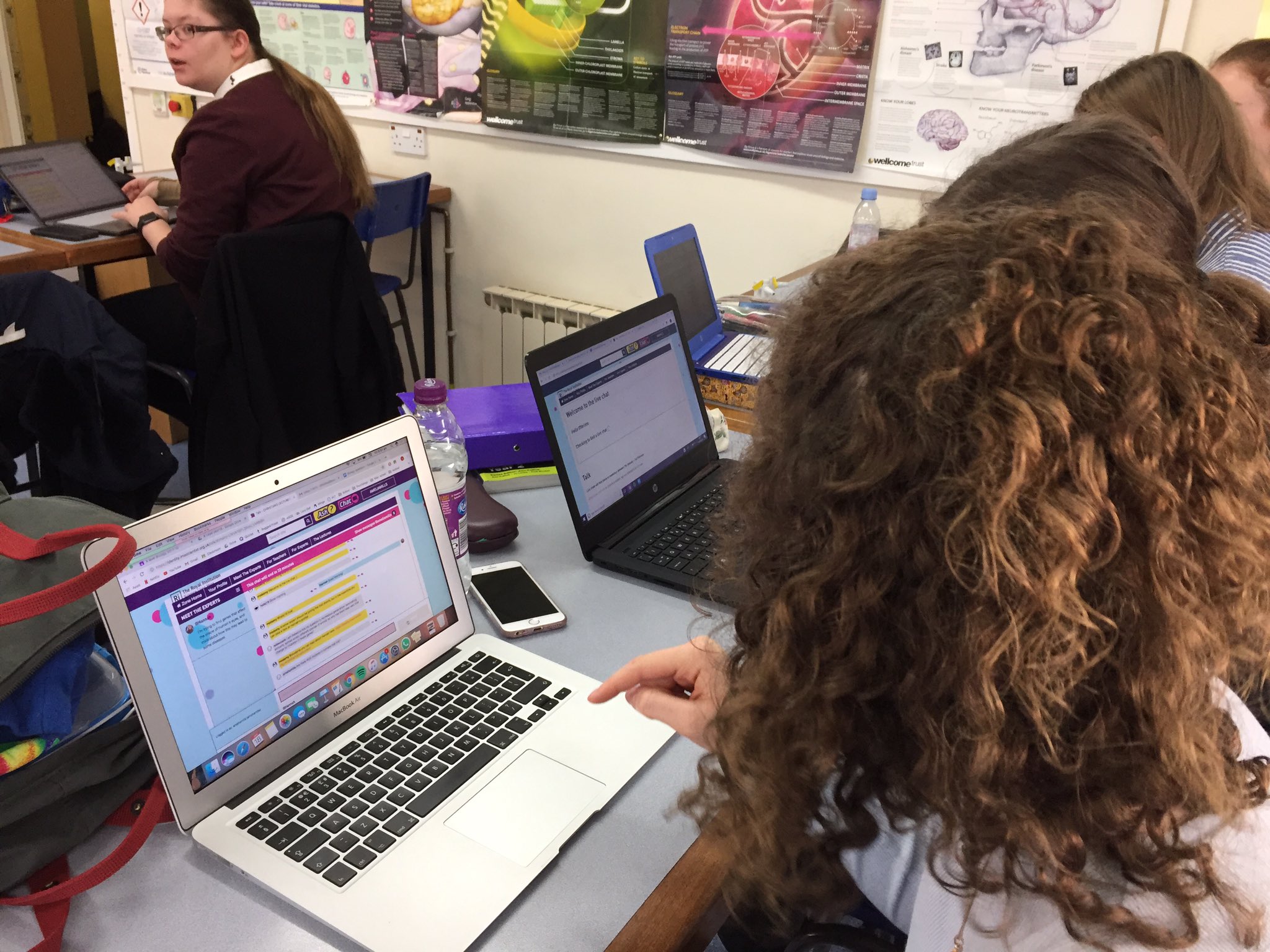 “My colleagues were buzzing. They were watching conversations unfold, and seeing individual students’ interests that they hadn’t seen before. It’s a great way to get to know students in a different light. ” — Jon Hale, Head of Biology at Beaulieu Convent School
“My colleagues were buzzing. They were watching conversations unfold, and seeing individual students’ interests that they hadn’t seen before. It’s a great way to get to know students in a different light. ” — Jon Hale, Head of Biology at Beaulieu Convent SchoolWhen PHSE plans were scuppered by the COVID-19 pandemic, Jon Hale chose to bring I’m a Scientist to an entire school… at the same time. Continue reading
 “Public engagement improves public understanding of what we do, which is important for our long-term success.” — Team member, Genomics PLC
“Public engagement improves public understanding of what we do, which is important for our long-term success.” — Team member, Genomics PLCRéka Nagy, a Scientist at Genomics PLC, approached her employer about taking part in I’m a Scientist in the summer of 2020. Her manager found that taking part was beneficial to both of them: “In addition to the fact that she was doing something useful, I think Réka benefitted from the opportunity to improve her presentation and engagement skills.” Continue reading

The Life Science Centre sits at the heart of unique science village in Newcastle upon Tyne. In a typical year, their visitor’s centre welcomes an average of 300,000 people. But 2020 was not a typical year.
“Once we entered lockdown, we were looking for ways to engage with schools,” says Toni Hamill, Education Programme and Partnership Manager for the Centre for Life. “I’m a Scientist was really useful because we know that it’s safe, and it had been used in hundreds of schools across the UK already.”
Continue reading
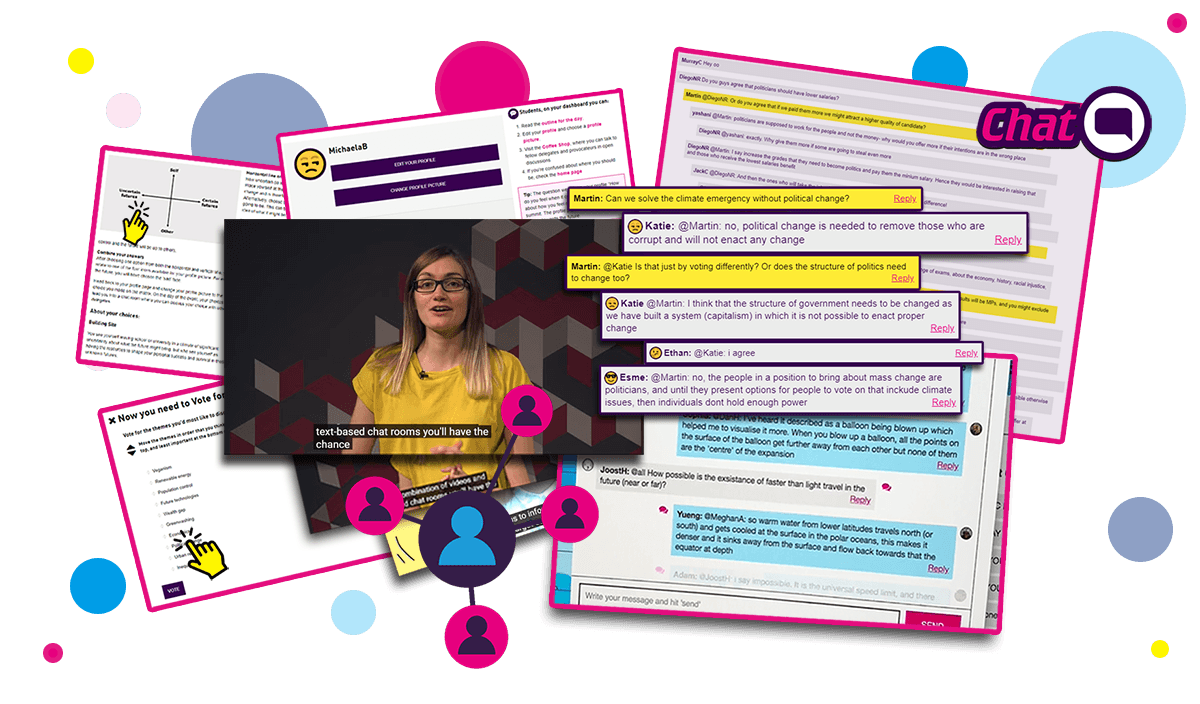
While teachers come to I’m a Scientist for tried-and-tested STEM engagement with in-built safeguarding, they also find lots of additional benefits to text-based communication for their students.
During the COVID-19 pandemic, video conferencing (with all its glitches and delays) quickly became the norm. However, when the Royal Institution Youth Summit was not able to take place in-person in October 2020, I’m a Scientist was chosen to host the summit online. Continue reading
 “Taking part in both activities allowed me to engage in active, reflective learning… Learning about science capital has really changed my mindset.” — Katie Fala, PhD student and IAS Academy alumna
“Taking part in both activities allowed me to engage in active, reflective learning… Learning about science capital has really changed my mindset.” — Katie Fala, PhD student and IAS Academy alumnaKatie believes taking the course ‘really added value’ to her experience: “The IAS Academy was of interest to me as I haven’t had the opportunity for much formal training in outreach and felt that my skills could be improved by doing it alongside the IAS activity.” Continue reading
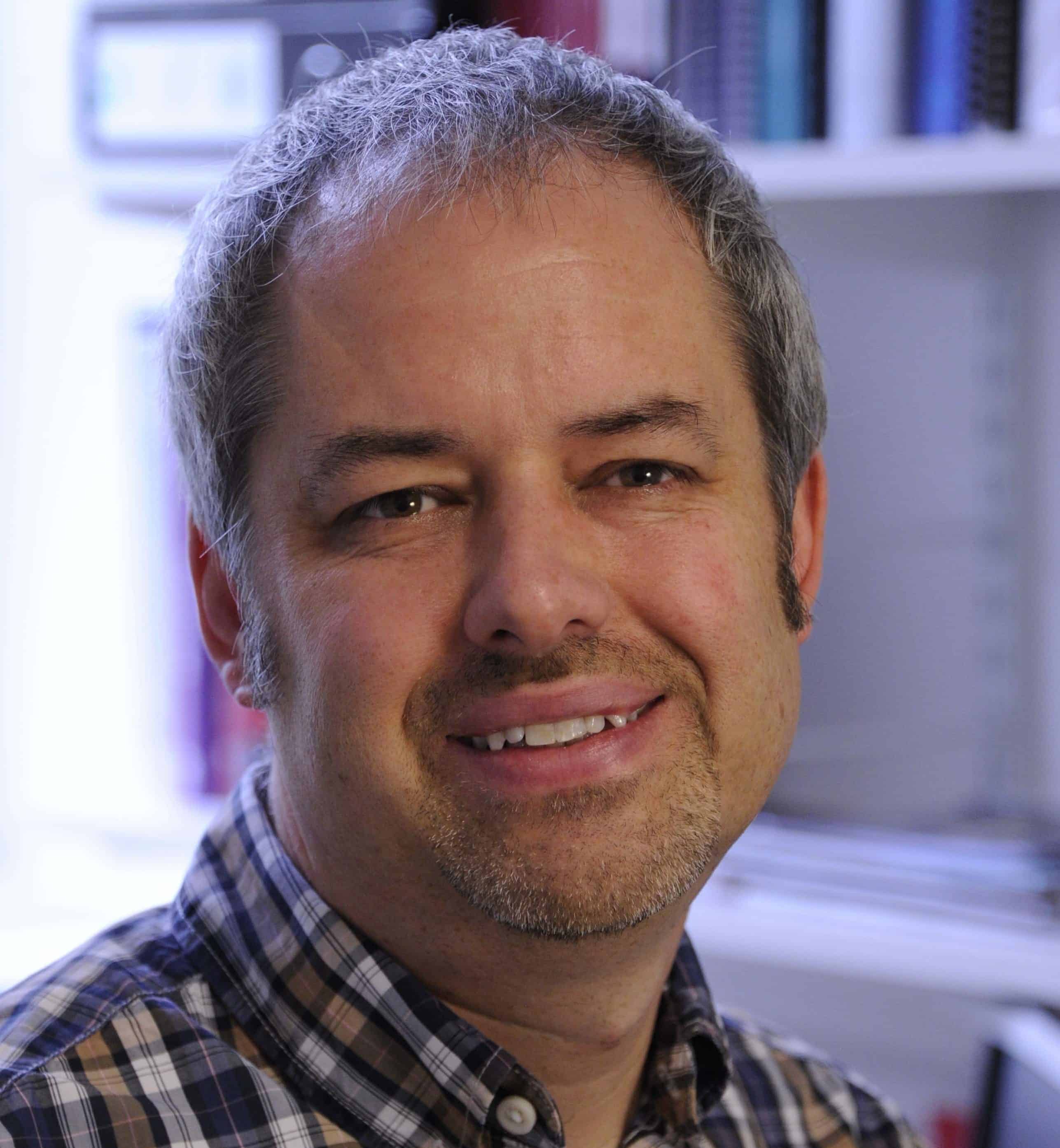 “I love that students have power. It made me think ‘ Oh that’s interesting, how do you manage to even the playing field in engagement activities?’” — Julian Rayner, Director, Cambridge Institute of Medical Research; Director, Wellcome Genome Campus Connecting Science
“I love that students have power. It made me think ‘ Oh that’s interesting, how do you manage to even the playing field in engagement activities?’” — Julian Rayner, Director, Cambridge Institute of Medical Research; Director, Wellcome Genome Campus Connecting ScienceJulian is an active malaria researcher. He also leads a programme of learning and engagement around genomics for scientists, healthcare professionals and public audiences.
In 2011, Julian took part in the Argon Zone of I’m a Scientist and describes it as a ‘transformative moment’ in his public engagement career:
“On my office wall I have a couple of papers that have made the covers of certain journals. Right next to them is my certificate from I’m a Scientist” Continue reading
 Fitting the I’m a Scientist activity around my job was fortunately quite a success: I was able to fit the live chats around my shift pattern.
Fitting the I’m a Scientist activity around my job was fortunately quite a success: I was able to fit the live chats around my shift pattern.Jess Leung took part in an I’m a Scientist general zone along with five other scientists from a range of industries and career stages.
School students were very interested in her work “testing flavours that go into food and drinks” and she found the whole experience rewarding, fun and flexible enough to fit in around her work schedule. Continue reading
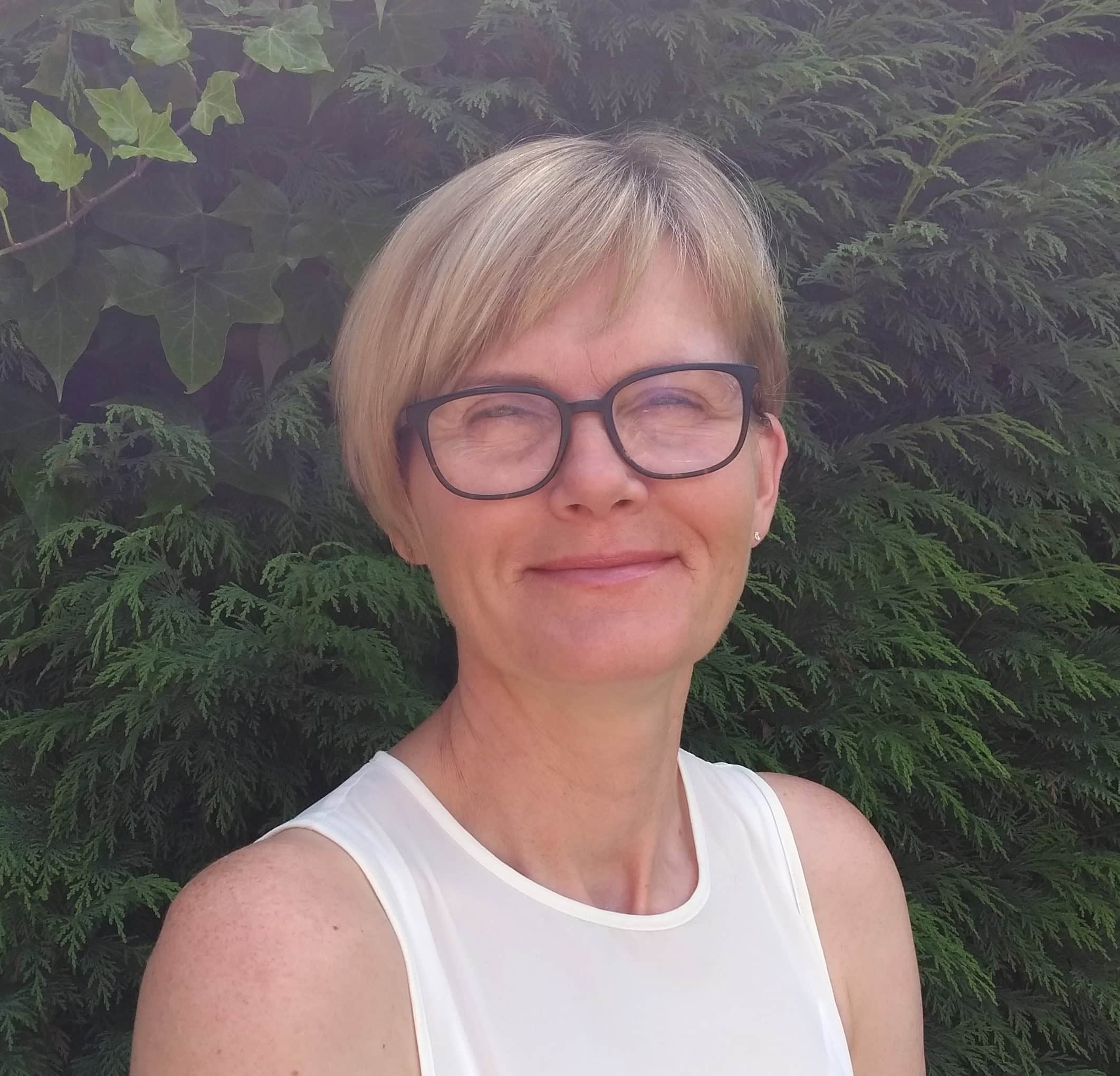 “’Raising questions’ appears in the National Curriculum Programmes of Study from KS1, and involving the whole school in I’m a Scientist gave a much wider scope for all children to ask questions and share information… it was a chance to encourage enquiry and curiosity throughout the school.” — Catherine Dixon, teacher
“’Raising questions’ appears in the National Curriculum Programmes of Study from KS1, and involving the whole school in I’m a Scientist gave a much wider scope for all children to ask questions and share information… it was a chance to encourage enquiry and curiosity throughout the school.” — Catherine Dixon, teacherCatherine is a teacher at Hodthorpe Primary School in Derbyshire: a small school with just four classes from Nursery to Year 6. “We pride ourselves on our holistic approach to education and our family atmosphere, everybody knowing each other and sharing experiences,” says Catherine.
Catherine applied to take part in I’m a Scientist with one class of students, but then realised it was a great opportunity to get the whole school discussing STEM subjects and careers. “We started with a whole school assembly, where we informed the children about the activity and shared the scientists’ profiles and pictures. We discussed their work and explained how the scientists would use the prize money for research projects. The stereotypical image of a scientist as a middle-aged man in a lab coat with wild hair was quickly dispelled!” Continue reading
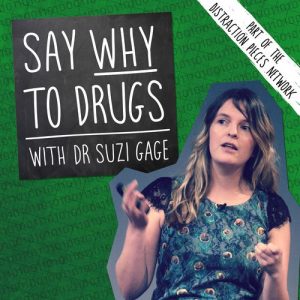 I didn’t really know much about public engagement before taking part… I’m a Scientist really inspired me to get involved with more!
I didn’t really know much about public engagement before taking part… I’m a Scientist really inspired me to get involved with more!Suzi won the Brain Zone back in June 2011 as a PhD student at the University of Bristol. She wanted to put her prize money towards starting a podcast that explained the science of substance use. Continue reading
Aileen remembers taking part in I’m a Scientist when at school. Now a PhD student in Data, Risk and Environmental Analytical Methods, Aileen participated as a scientist in the Climate Zone.
Aileen had had experience communicating her work to visitors at her research institute and at one off events like Big Bang Fair. However, she believes taking part helped her develop short ‘quick-fire’ explanations of her research. Continue reading
I’m a Scientist works with several National Collaborative Outreach Programme (NCOP) partnerships to offer STEM engagement opportunities to students from their target areas.
In 2019, one partnership, the Kent and Medway Collaborative Outreach Programme (KaMCOP), funded places for 42 classes to take part in the I’m a Scientist and I’m an Engineer activities, offering these to their target schools.
Over the following months eight schools have given their students the opportunity to chat online with scientists, engineers and psychologists. I’m a Scientist offered KaMCOP schools a flexible programme of activity, where teachers chose when to participate depending on their schedules and to maximise benefits to their students. Continue reading
Before taking part in I’m an Engineer, Emma Ryan felt the engagement events she was involved in weren’t reaching those who would benefit most. “Talking to girls about engineering is a big push for what I do,” she says, “but we were going to speak to women at university who know they’re doing engineering… I think it’s more important to go back to primary school.”
In I’m an Engineer, Emma was able to directly reach this audience. Winning the zone then gave her £500 towards her own engagement activities, which she used to leverage support from her employer. Continue reading
Before taking part in I’m a Scientist, Max Jamily’s previous outreach experience was mainly blog posts and summer camps. “That definitely sets I’m a Scientist aside, where the main focus was me and my work,” he says. Continue reading
Euan took part in I’m a Scientist during the second year of his PhD at the Quantum Engineering Centre for Doctoral Training. Answering questions through the text-based format allowed him to ‘recalibrate’ his language to suit his audience.
Euan had done some in-person engagement previously but does not think of it as the best way to develop communication skills. Continue reading
Hayley Pincott took part in I’m a Scientist in June 2018, spending two weeks chatting with school students about her role as an Associate Practitioner Healthcare Scientist at a University Dental Hospital. Hayley found the experience flexible enough to fit around the workload of a public sector scientist, and it gave her the skills and confidence to do further public engagement. Continue reading
“I’m a Scientist encourages independent thought and shows students the practical applications of their studies. Connecting with real psychologists also helps them decide what they’ll do next year and into the future.” – Lesley, Head of Psychology at Bay House School
Bay House School is a large comprehensive school with mixed attainment. In June 2018, sixth form Psychology students from the school took part in the Society Zone. Head of Psychology Lesley tells us how the activity supported her students’ progression and taught them the real-life applications of their subject.
“Doing something engaging like this creates a more well-rounded education and my students have now seen real-life applications of curriculum content.” — Lucy, Maths Teacher at Cornelius Vermuyden School, Canvey Island
Only a small proportion of students at Cornelius Vermuyden School aspire to go to university or move out of the local area, and many don’t see the point in what they study in school. Lucy tells us how their involvement in I’m an Engineer helped them see the importance of maths and broaden their horizons.
Continue reading
“Organising the event for the whole of year 8 meant that everyone could enjoy the benefits” – Polly, Science teacher at Willows High School, Cardiff
Willows High School, a mixed comprehensive school in a challenging quarter of Cardiff, took part in the I’m a Scientist activity in March 2018 with two classes. The school participated again in June 2018, this time with a whole year group. Polly tells us how having an entire year involved helped increase aspirations across the school and showed students that doing well in school has a far-reaching impact.
Continue reading
“Many of our students lack confidence in their academic ability so they were buzzing when they realised they can hold their own in a conversation with intelligent, educated people and this helped them realise they are all scientists too!” – Julia Anderson, FE College Biology Lecturer
This general further education college is split across 3 sites in a large, post-industrial, non-university town. Students at the college took part in the I’m a Scientist Immune System and Genes Zones in March 2018. Julia tells us how meaningful engagement with the scientists increased her students’ confidence. Continue reading
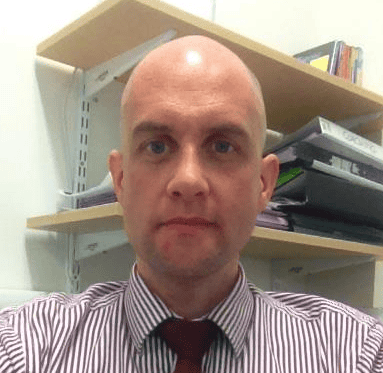 “Traditionally, not many of our students go on to university. I’m a Scientist helps by allowing students to relate to scientists and helping them see the value of studying at a higher level.”
“Traditionally, not many of our students go on to university. I’m a Scientist helps by allowing students to relate to scientists and helping them see the value of studying at a higher level.”
– Mark McNally, Science Teacher
A mixed 2-19 academy, where over two thirds of the school population are students from disadvantaged backgrounds, took part in I’m a Scientist in March 2018. Mark tells us how the activity helped interest his students in science careers and consider higher education.
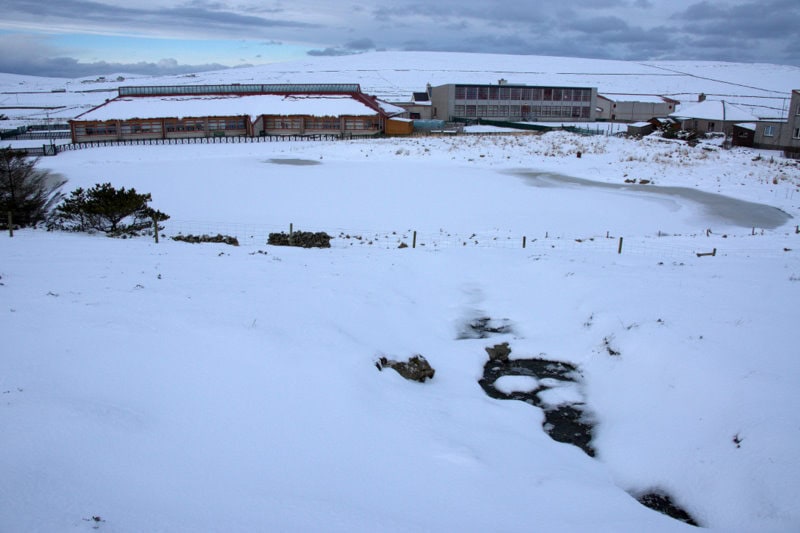 “As we are a remote rural community we do not have a huge variety of careers on our doorstep but these events help to bring them closer to pupils. More students should be getting these funded opportunities across the UK.”
“As we are a remote rural community we do not have a huge variety of careers on our doorstep but these events help to bring them closer to pupils. More students should be getting these funded opportunities across the UK.”
– Emily Tulloch, Science teacher on the island of Unst.
The most northerly school in the UK is located in one of our most distant areas in the Shetland Isles. Emily tells us how I’m a Scientist allowed her remote students to explore a range of STEM careers and increased motivation to learn science. Continue reading
“It was a really easy project to engage with for both children and teachers; it only took me about 30 minutes to prepare for all 3 lessons. I was pleasantly surprised with just how excited students were to get responses from serious adults about their work and the adults’ interests.” – Vicky Heslop, Year 6 teacher
A junior school that meets our widening participation criteria took part in the Climate Zone of I’m a Scientist for the first time in March 2018 with their three Year 6 classes. The activity broadened student aspirations, improved enquiry skills and challenged their perceptions of scientists.
After psychologist Sam Smith took part in I’m a Scientist, we worked with him to secure funding from the British Psychological Society for 3 more zones. As a result, more than 1,100 students across the UK were able to connect with psychologists in 2017. Continue reading
In our experience, the longer it takes for a scientist or engineer to reach a school, the less likely those students are to have visits. We’ve done some research that suggests schools more than 30 minutes travel time are less likely to receive visits.
We also think looking at Widening Participation schools is useful to understand the variety of schools we have wanting to take part. Continue reading
Some say there are no new ideas, just new interpretations of old ideas: primary school students designed the Blackawton Bees paper with the help of a parent scientist; citizen science runs online at scale with Galaxy Zoo; the BBC, with Terrific Scientific, help primary schools conduct their experiments. There is an idea missing in this panoply: School students helping to design and run a new experiment at scale. In March 2017 we ran the Wellcome funded Enquiry Zone, a zone created with one fundamental question: Could we use an I’m a Scientist zone to give hundreds of school students the chance to help design an experiment, which they could then carry out themselves? Yes, we could. And what’s more, it’s clear there is value in giving students input at all stages of the project. It gives students ownership over research, and they gain real insight into how science works. What happened … Continue reading
Recent Comments
No comments to display